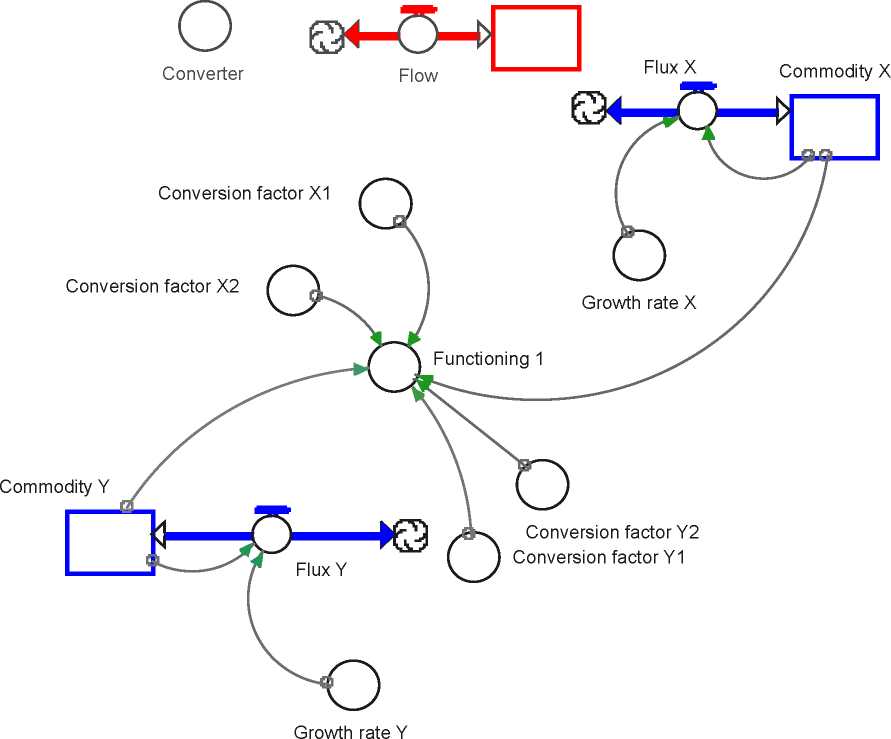Figure 3 - Stocks, flows and converters in a sub-system of the CFM
Stock

2.2 The architecture of the CFM
The CFM works in the three-dimension space of the achieved functionings: Physical and
Psychological Health, Education and Training, Social Interactions. As stated before, the building
blocks of the model are the commodities, the conversion factors and the functionings. From an
operational perspective the CFM can be split in three sub-models, corresponding to the three
different functionings, whose level of achievement is given by the conversion of the respective
set of commodities. In turn the three sub-models are linked one another via positive and negative
commodities relations.
In equilibrium (i.e. at the initial time) the model is essentially a snapshot based on the latest
data available for the indicators (both when used as proxy of commodities and of conversion
factors).
All the indicators16 refer to sub-national (i.e. Italian region) level. They are standardized (i.e.
divided by regions’ population) to neutralize the effect of different population size and different
territorial areas, and normalized (i.e. divided by the Italian standardized average value) to make
them comparable. Doing so, the value “1” represents the average Italian value for each different
indicator, both in the case of commodities and of conversion factors. Thus the specific
16 We include some indicators, both as proxy of commodities and of conversion factors, which consist in subjective
perception of well-being, despite the questionableness of this choice. We believe that the subjective dimension,
beyond being a mere necessity, is also an opportunity to broaden the evaluative space.
11
More intriguing information
1. Geography, Health, and Demo-Economic Development2. Monetary Discretion, Pricing Complementarity and Dynamic Multiple Equilibria
3. The name is absent
4. The Role of Evidence in Establishing Trust in Repositories
5. The name is absent
6. The name is absent
7. Wage mobility, Job mobility and Spatial mobility in the Portuguese economy
8. TOWARD CULTURAL ONCOLOGY: THE EVOLUTIONARY INFORMATION DYNAMICS OF CANCER
9. Social Balance Theory
10. Bird’s Eye View to Indonesian Mass Conflict Revisiting the Fact of Self-Organized Criticality